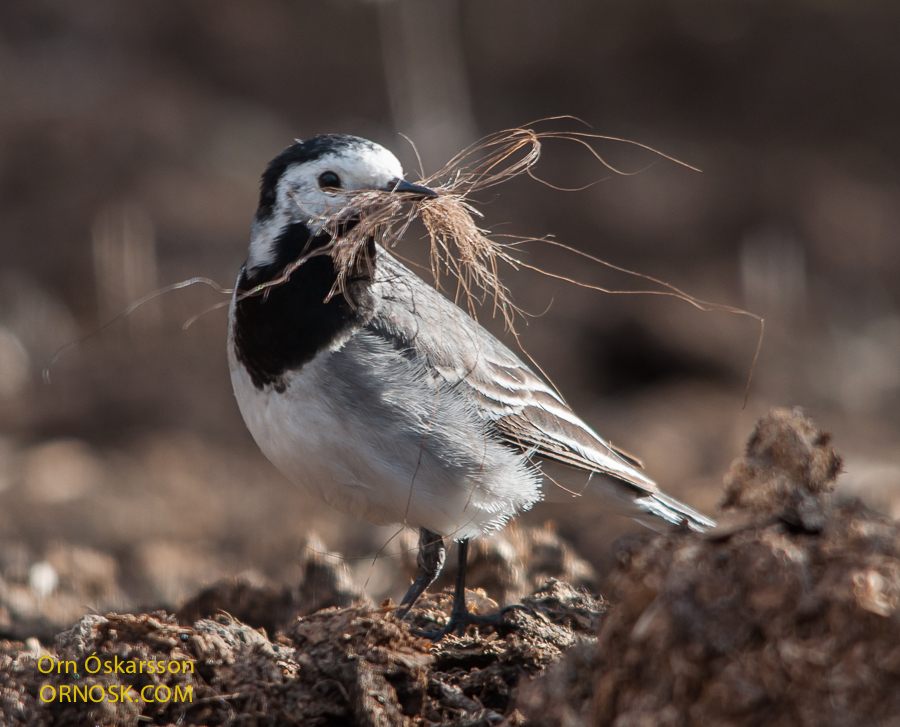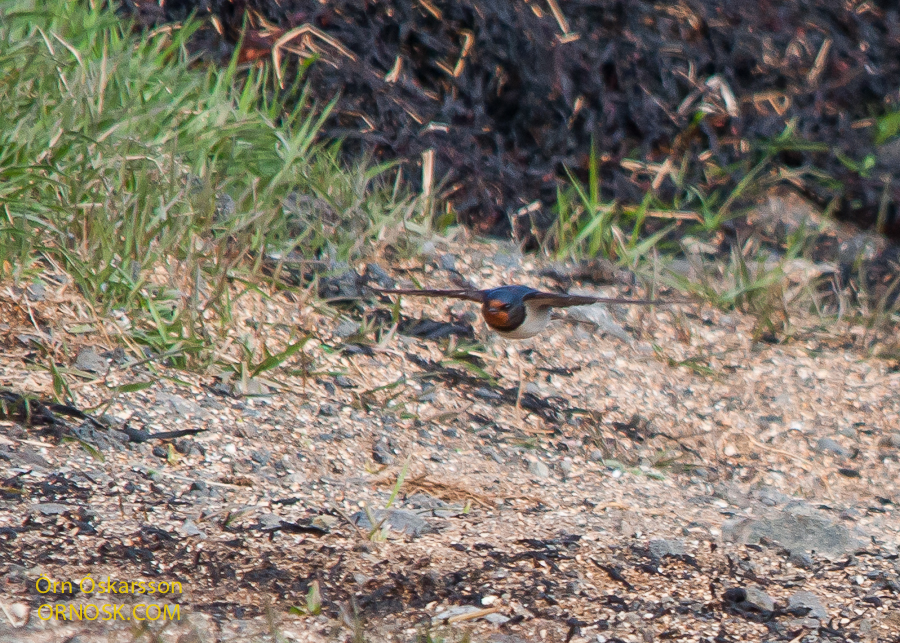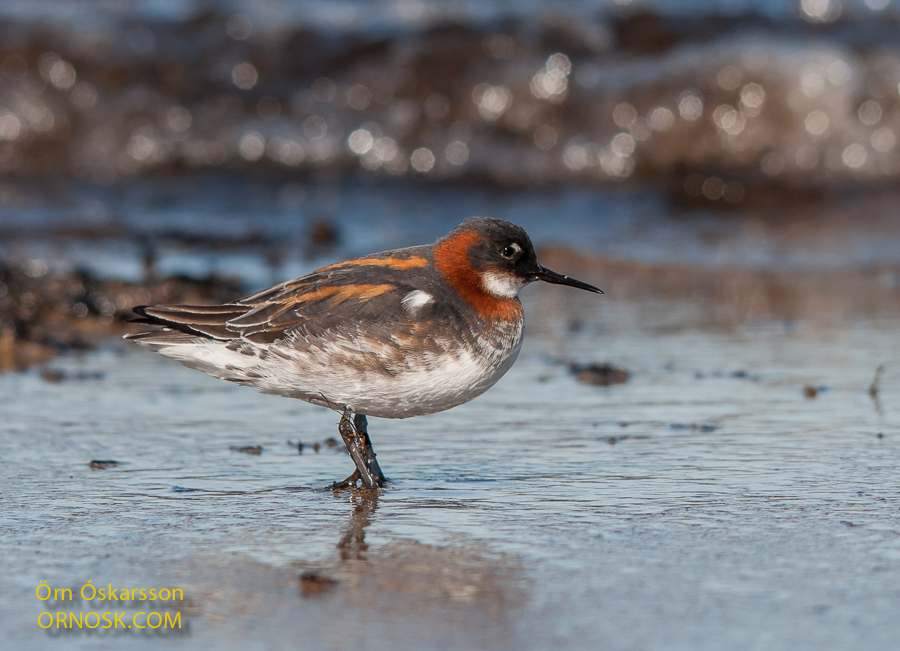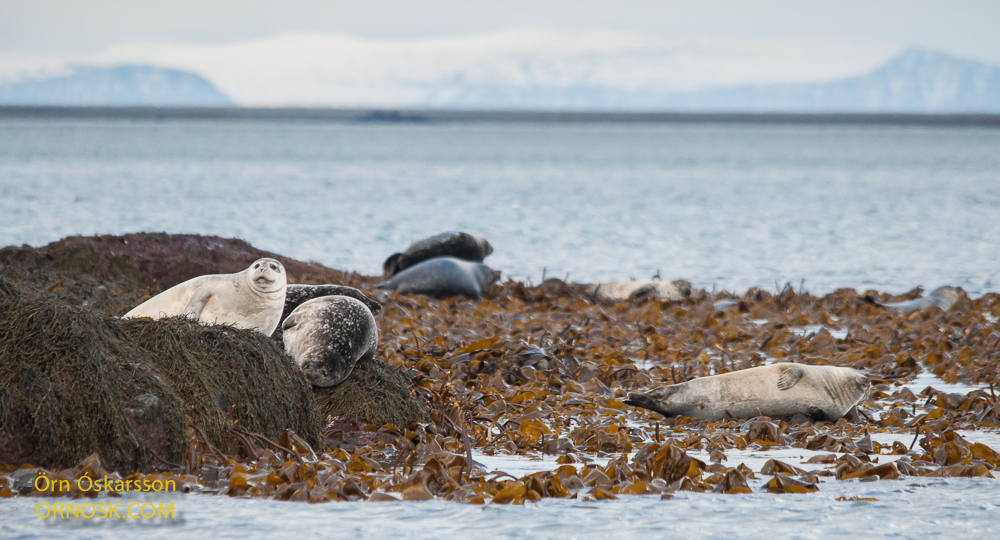Julia Robert gives nature a voice. We can’t live without Mother Nature.
Monthly Archives: May 2015
Annual American visitor

Today I saw a Ring-necked Duck on a pond by Þingvallavatn Lake. This was an adult male in a group of Tufted Ducks. Ring-necked Ducks are annual vagrants in Iceland and usually the visitors are males. Sometimes they mate with Tufted Duck females and once in a while you see hybrids of these species.
Ring-necked Ducks are North American and there they are common on woodland ponds.
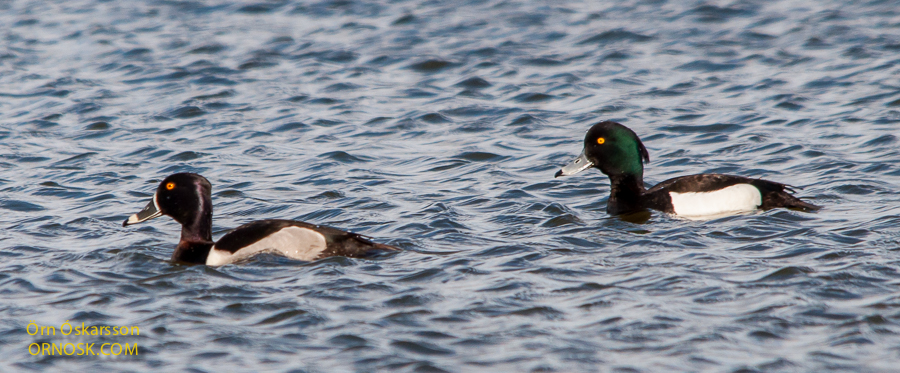
Busy Wagtail
The first chicks
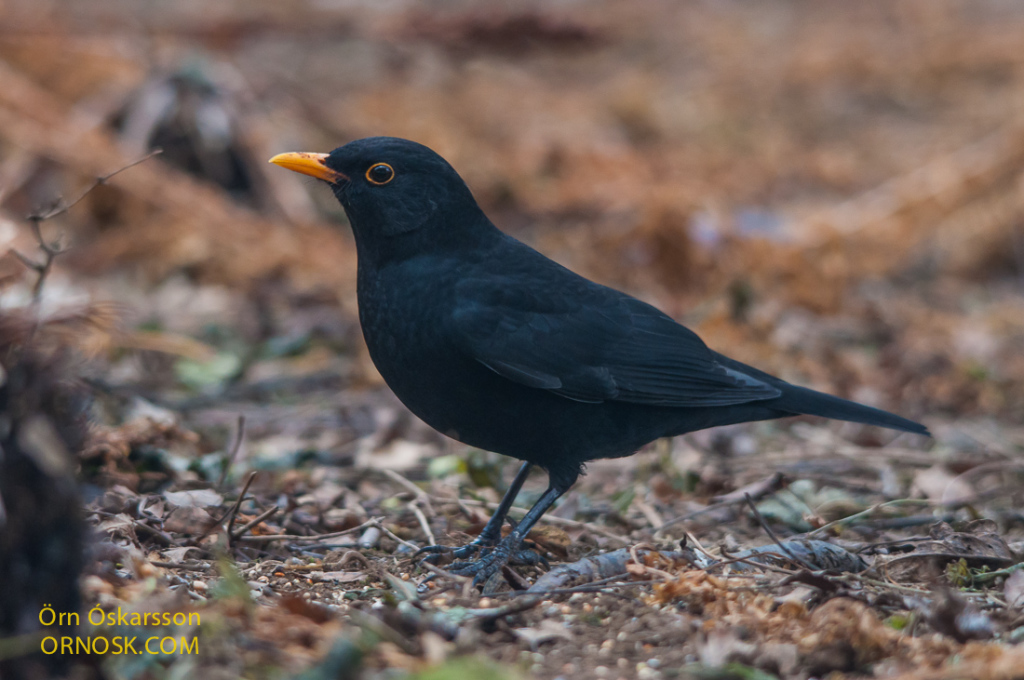
The first chicks this spring have hatched and jumped out of the nest. This morning we saw a Blackbird chick with a very short tail, it was hopping around and trying its wings. We hope that it will not fall prey for the cats that regularly visit the garden.
This is one of the male Blackbirds that was here this winter and perhaps the father of the chick we saw this morning.
Flocks of Barn Swallows
In the last few days the wind has been blowing from the Southeast and flocks of Barn Swallows (Hirundo rustica) have been seen around the Southwest part of the country. Today there were 12 Barn Swallows soaring over River Ölfusá by Selfoss and there were around 23 on the beach by Stokkseyri, South Iceland. Flocks have been seen in several places. These are the biggest groups of Barn Swallows to be seen in many years. They are annual vagrants in Iceland and have bred here a few times. If numbers are anything to go by it is very likely that they will breed here this summer.
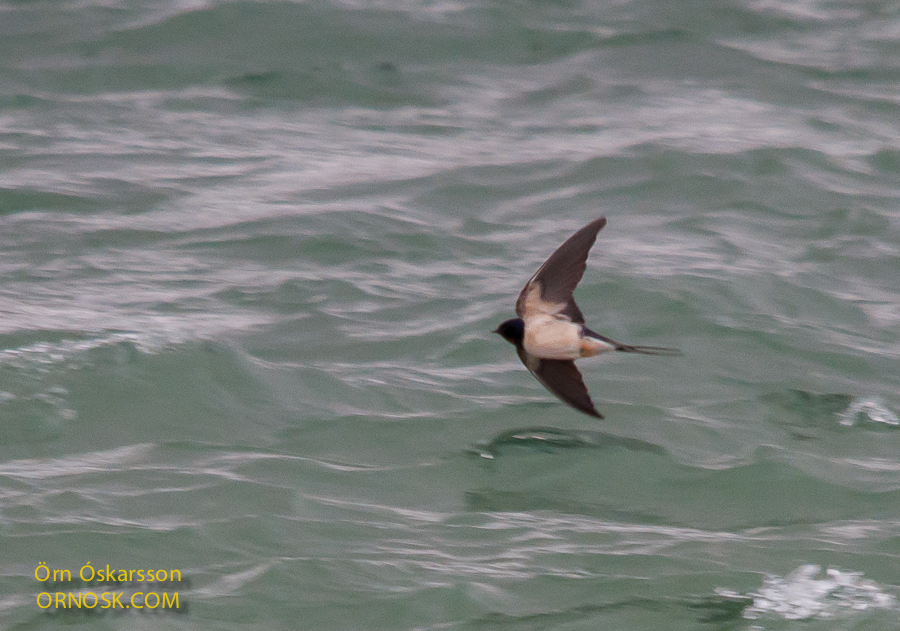
This photo is taken today by Ölfusá River.
This swallow was at the beach in Stokkseyri, South Iceland.
Courtship in full swing
Courtship is in full swing with the Red-throated Diver in the nature reserve in Flói (Fuglafriðland í Flóa) and soon they will start breeding. This place probably offers the best circumstances to observe the Red-throated Diver while courting, breeding and caring for their offspring. The area is popular among birders and photographers because here you can come quite close to them. The Divers are especially tame and probably more used to people than in many other places.
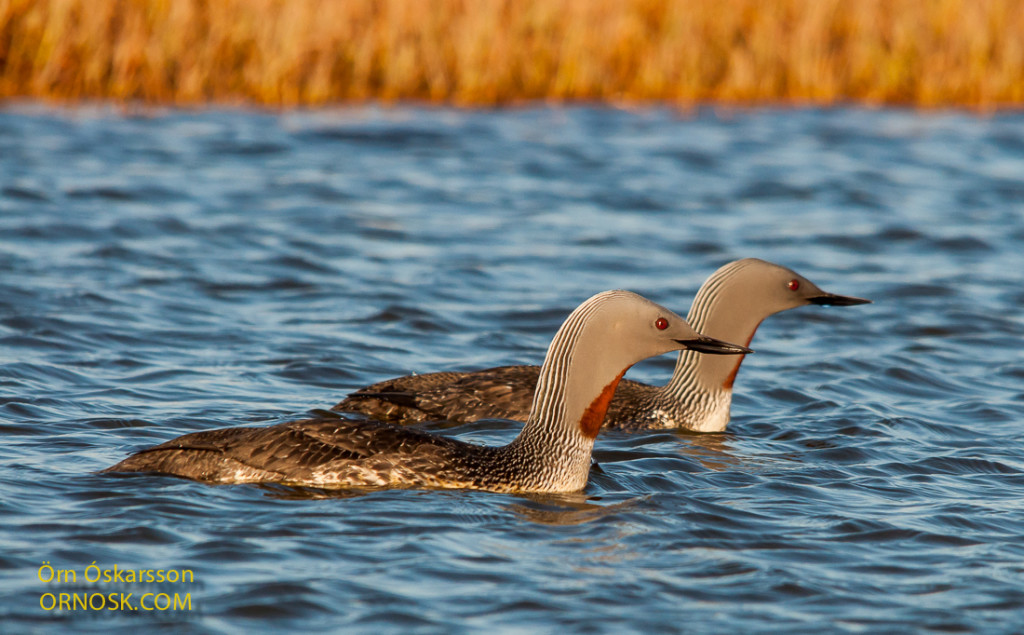
It is very important during the nesting time to respect the birds privacy by not coming too close. If the Divers get tired of trespassing people they might abandon the nests.
One lonely Siskin
A female Siskin (Carduelis spinus) appeared in the garden today. Siskins have bred in Iceland on and off in the last 15 years. The population is small and fragile.
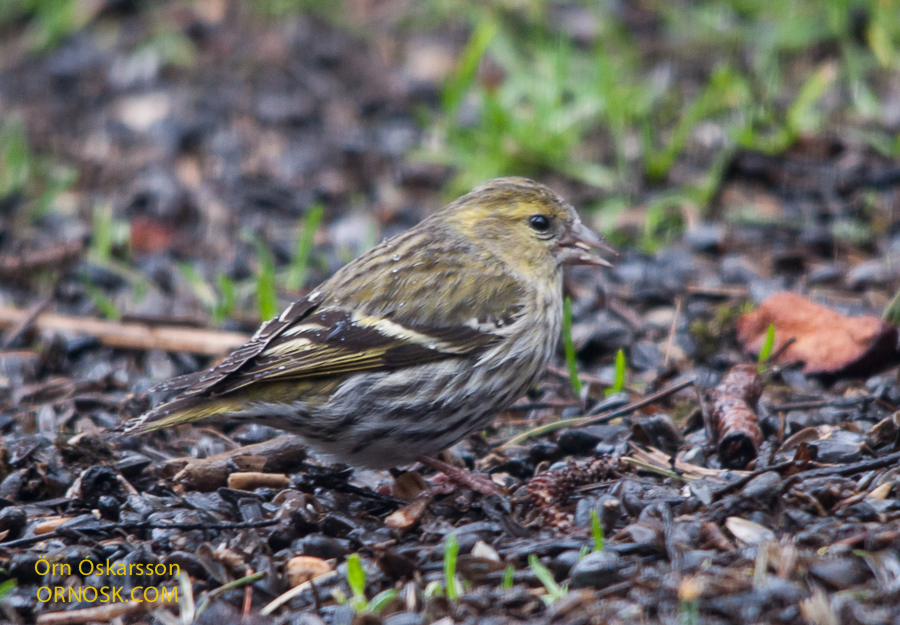
Siskins are migrants in Iceland and there are probably great losses on their long journey over rough oceans to and from their winter grounds.
Red-necked Phalarope overwinters in the Pacific
The first Red-Necked Phalaropes (Phalaropus lobatus) have been arriving in Iceland in the last few days. They are the last of the migrants to arrive along with their cousins the Grey Phalarope/Red Phalarope (Phalaropus fulicarius) of which there are only a few in Iceland. The Icelandic Red-Necked Phalarope probably overwinters with the North American population on the Pacific coast of Ecuador and Peru. They are seabirds that only come inland to breed but they breed both in lowlands and highlands.
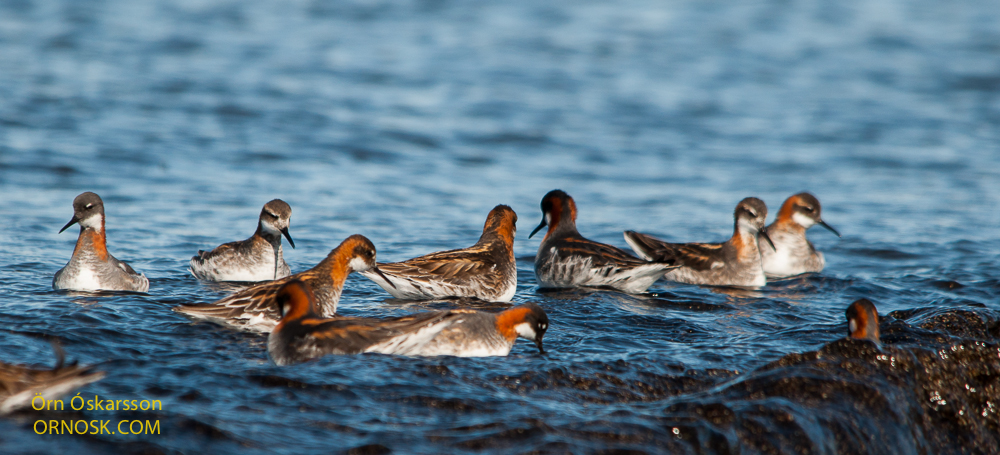
The Icelandic population is estimated around 50,000 pairs.
More on the Red-necked Phalarope
Harbour Seal in Snæfellsnes
Snæfellsnes is the place to go if you ever visit Iceland. There are usually a lot of seals there if seeing seals is on your agenda. This is the Harbour Seal (Phoca vitulina) but you can also expect to see the Gray Seal (Halichoerus grypus). The photos are taken near Kolgrafarfjörður on the northern side of the Snæfellsnes peninsula.
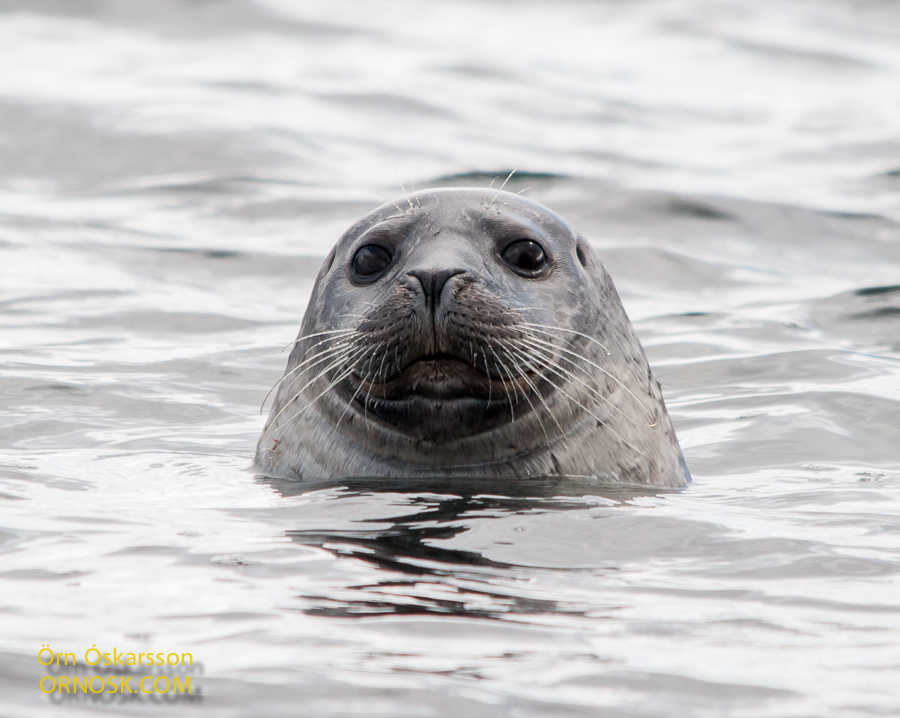
In the last few years Kolgrafarfjörður has been in the news quite often. In 2012 and 2013 the fjord was so overfull of herring that there was lack of oxygen so the herring died. Herring is food for various animals such as seals, killer whales and birds. So everything was teeming with life.
Golden Plovers everywhere
A lot of Golden Plovers are still in urban areas, in places where we are not so used to seeing them. You can see them in home gardens and most open areas and they are often not getting along too well. It seems that they are claiming territory and have to chase away those that come too close.
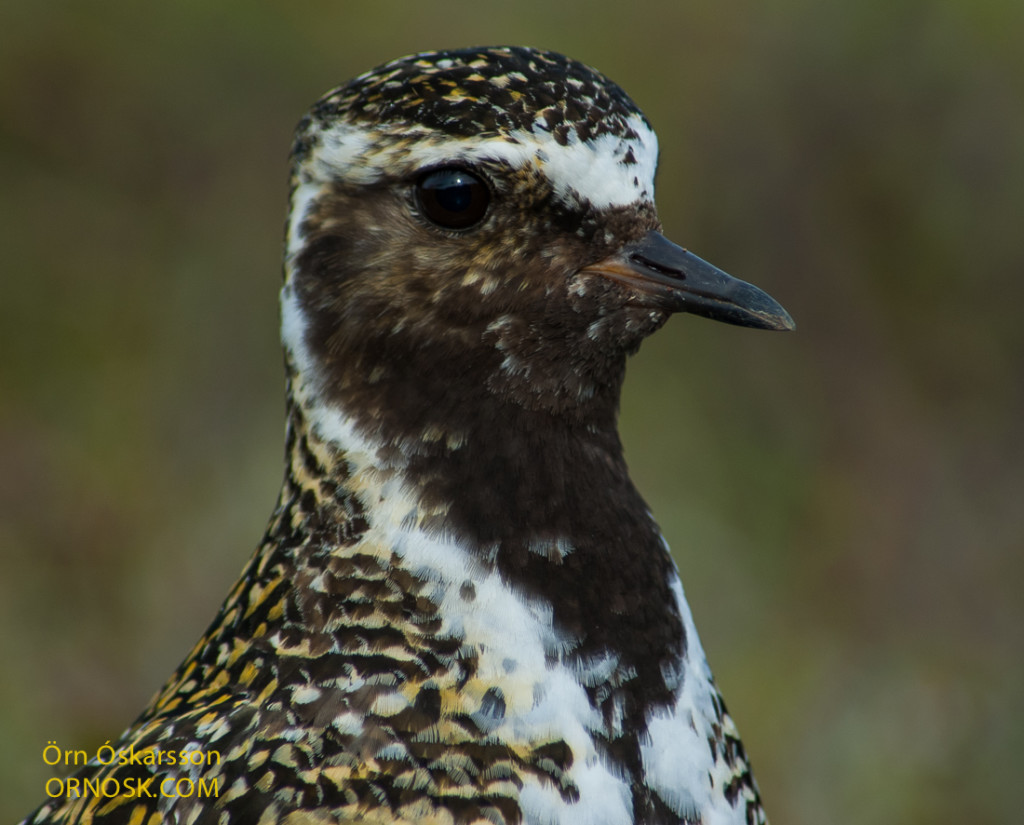
The Golden Plover´s habitat is in lowlands and highlands, in meadows and heaths. This spring there has been a lot of snow in the interior so the ones that are used to breeding in the highlands are probably the ones that are still in the towns. Hopefully the snow in the interior will melt soon so they can move to their breeding areas.

